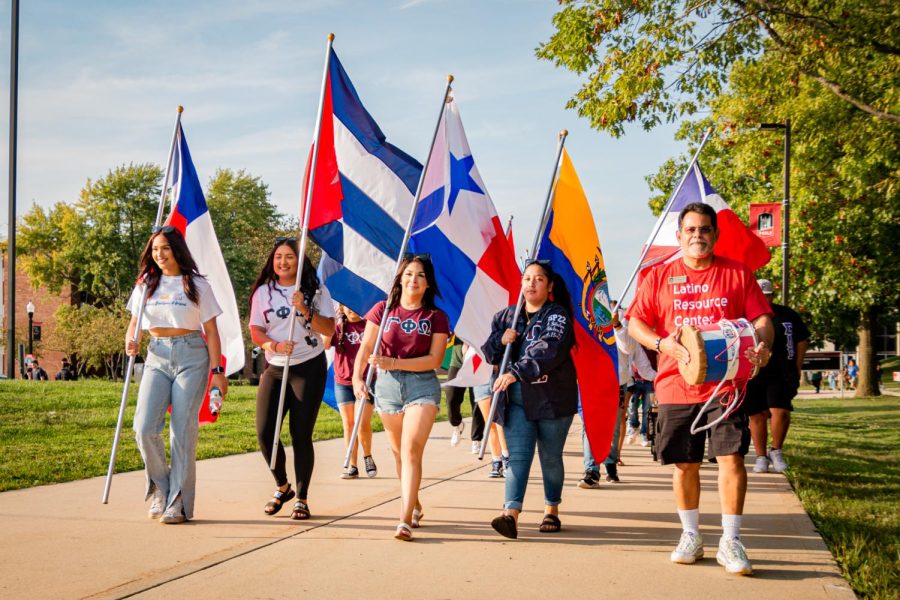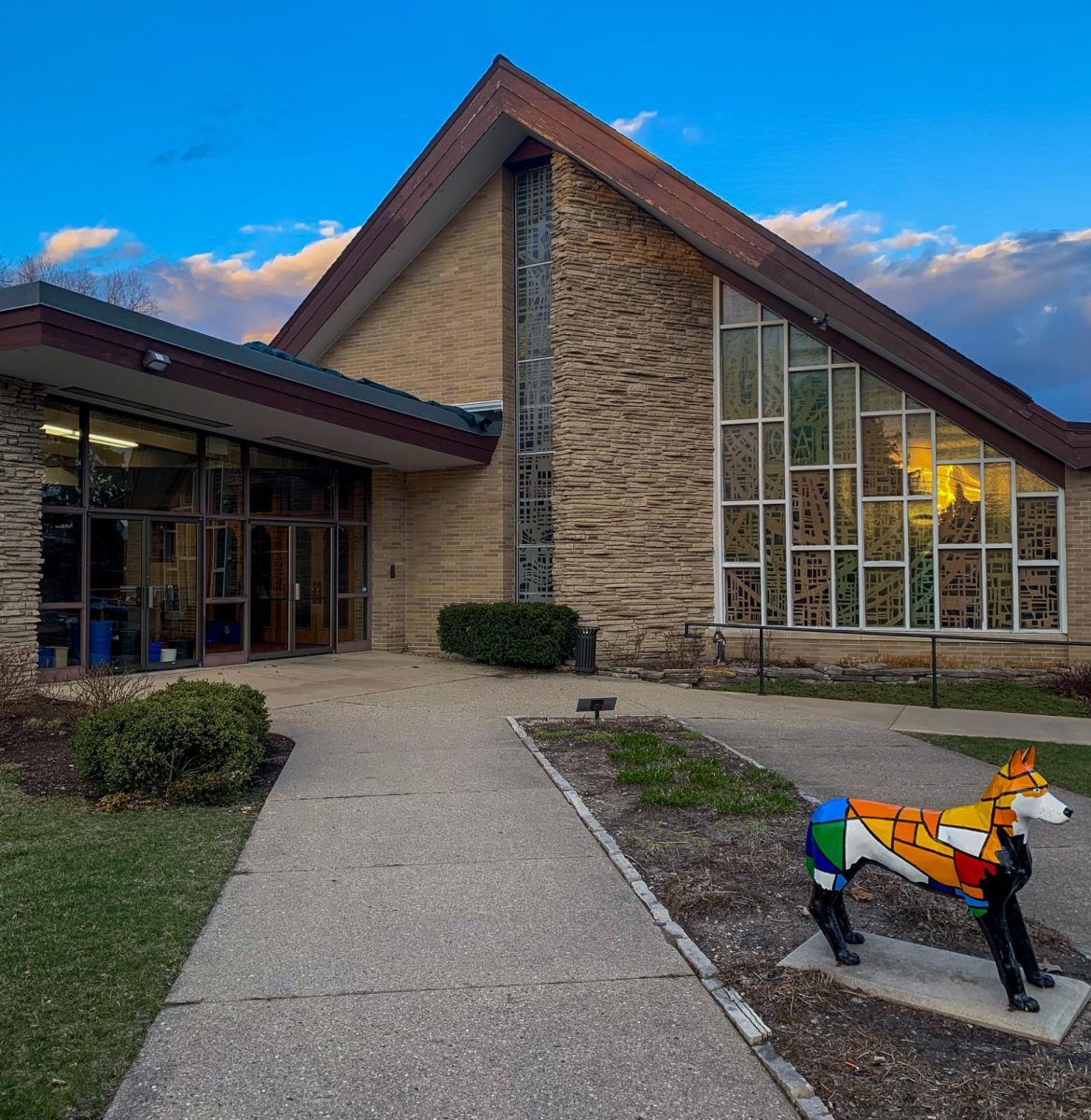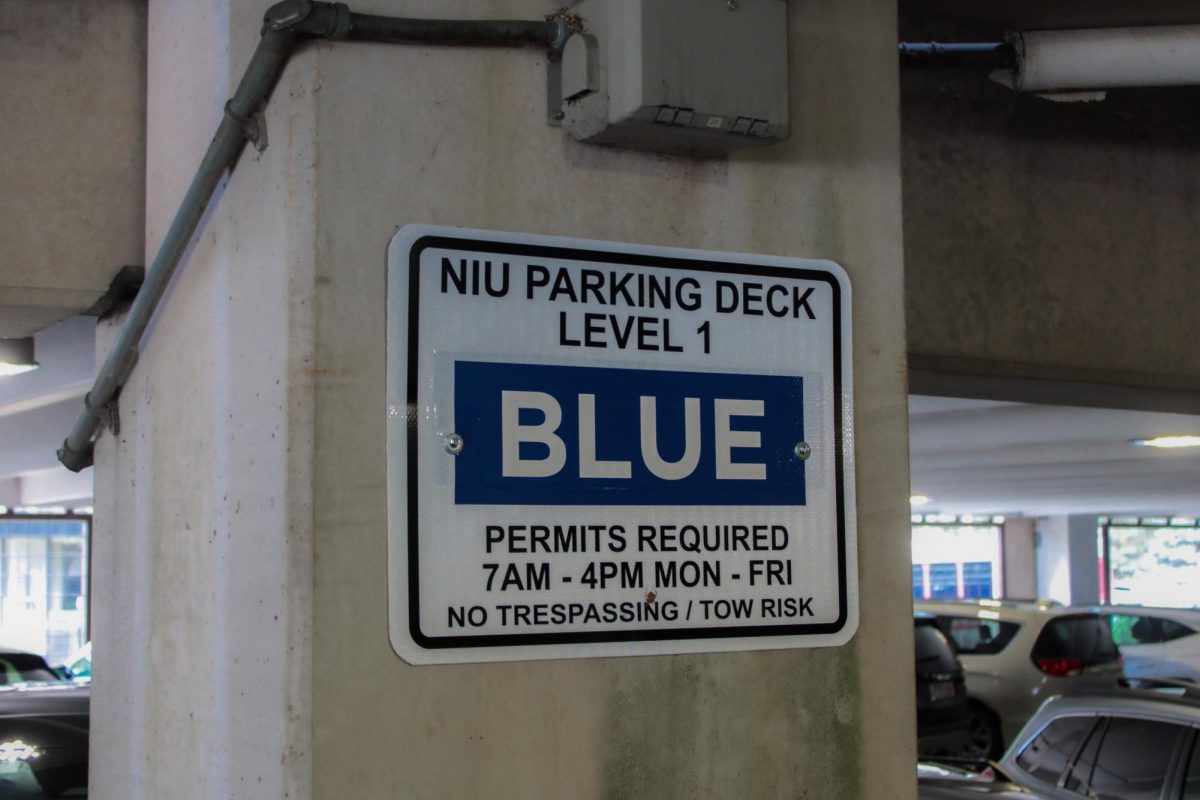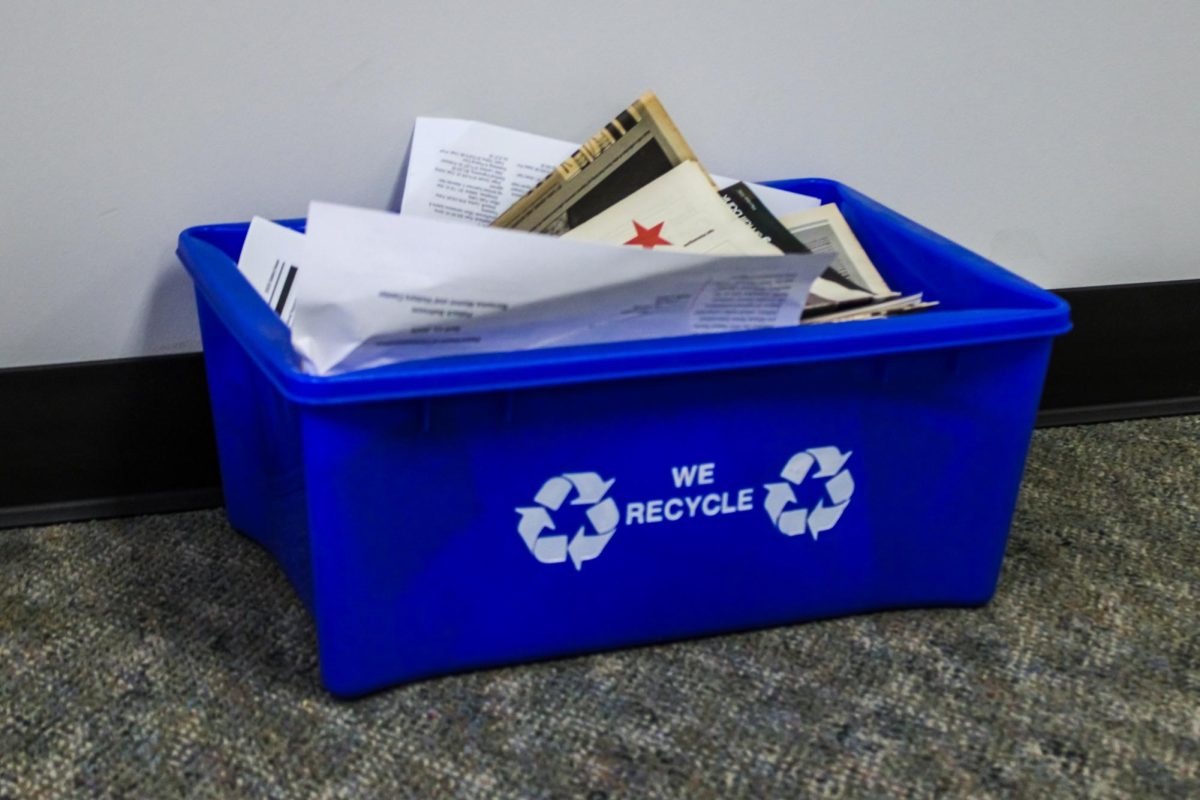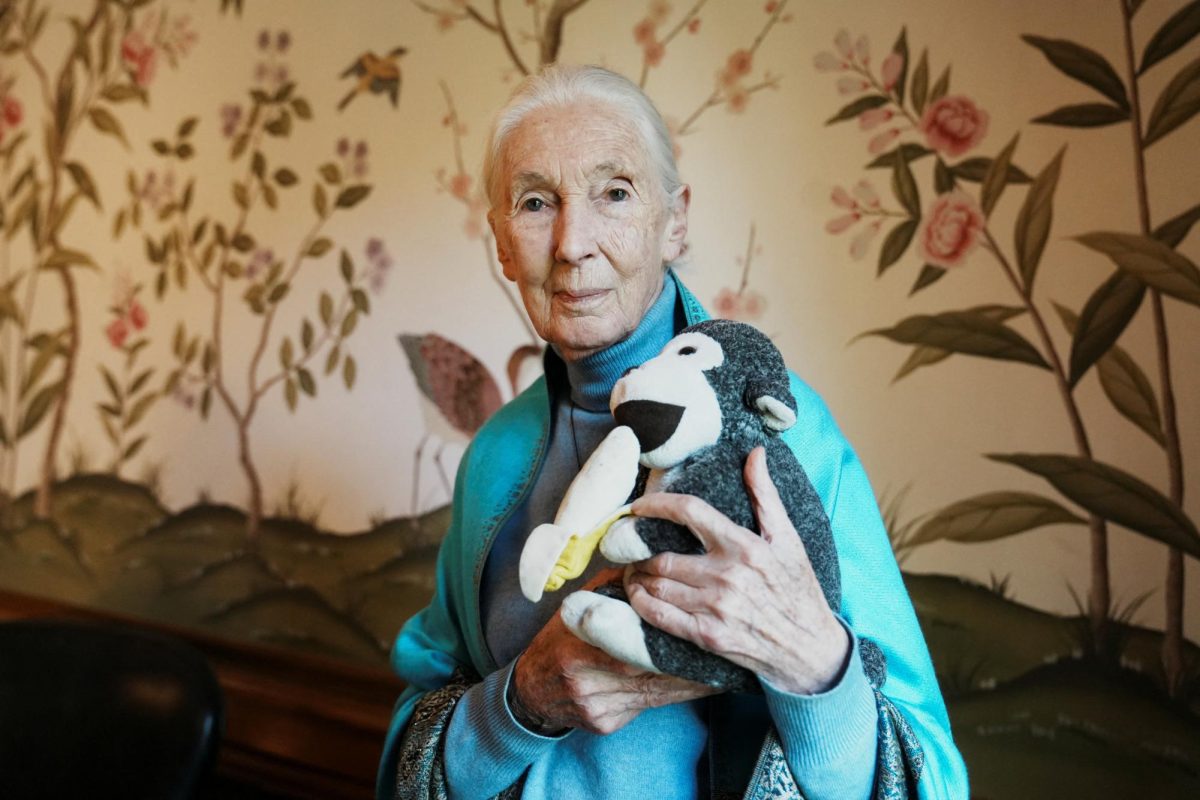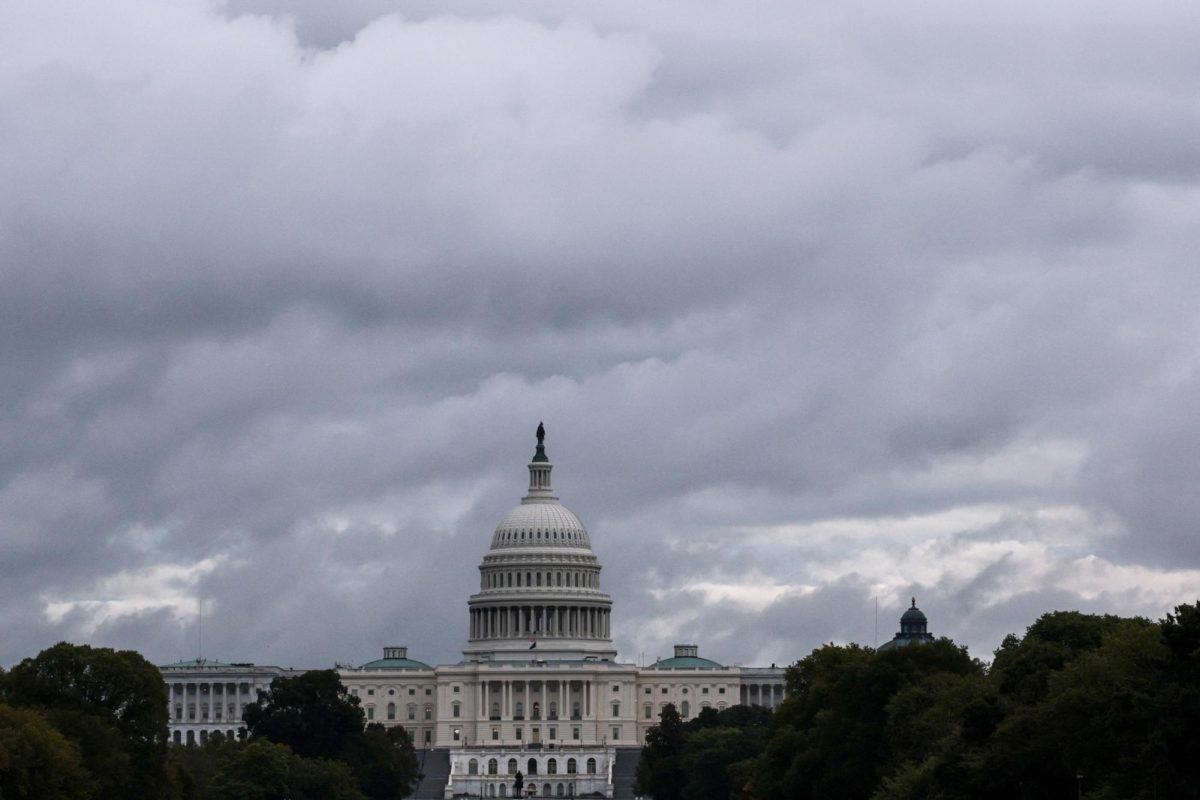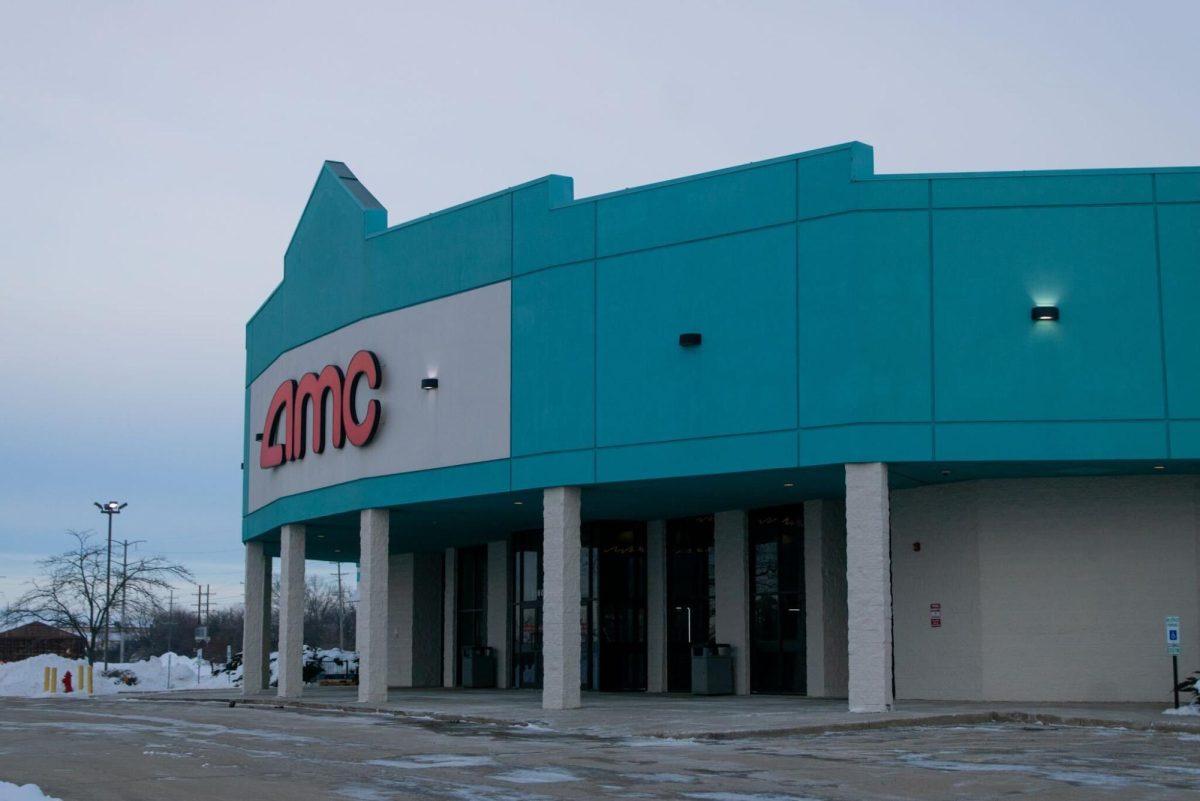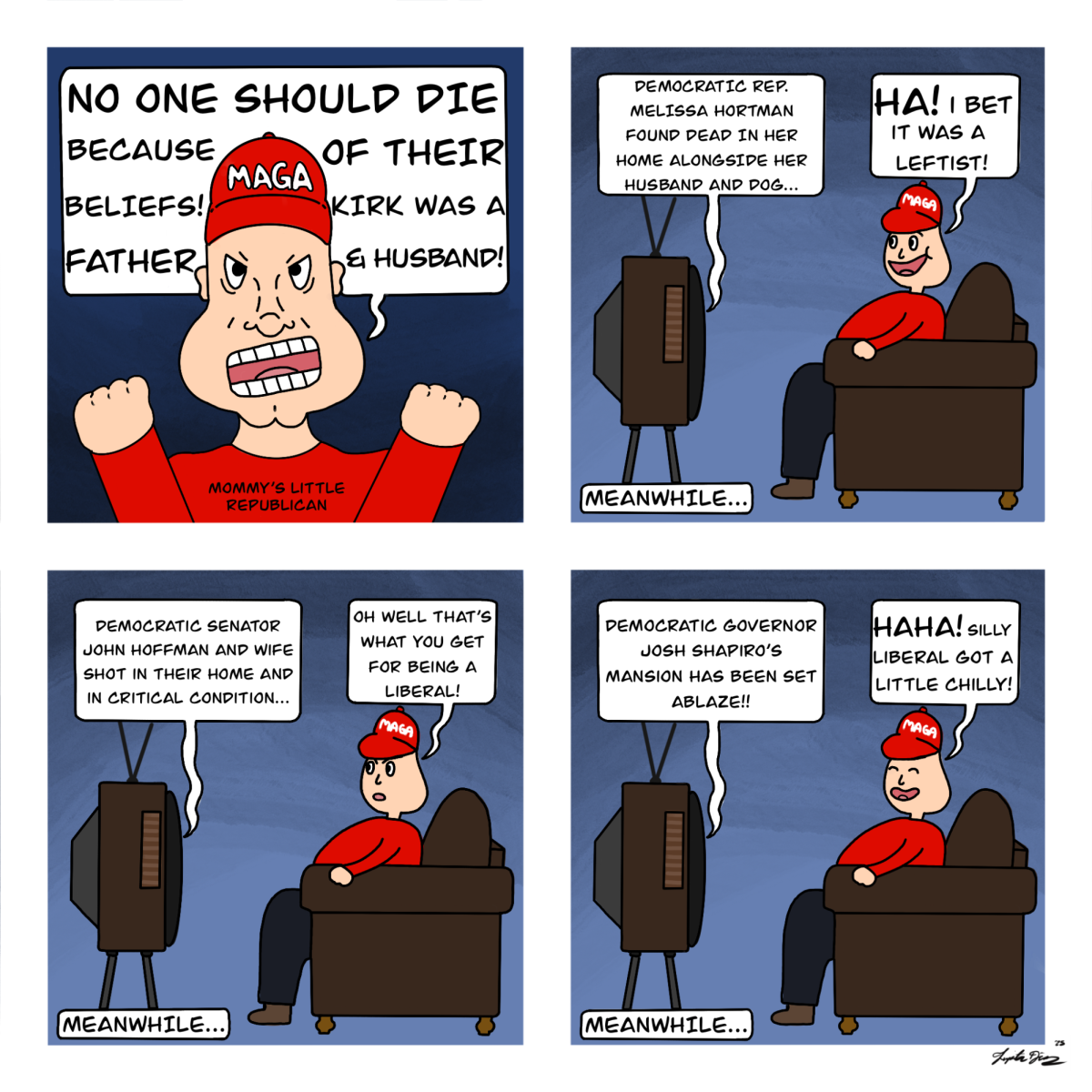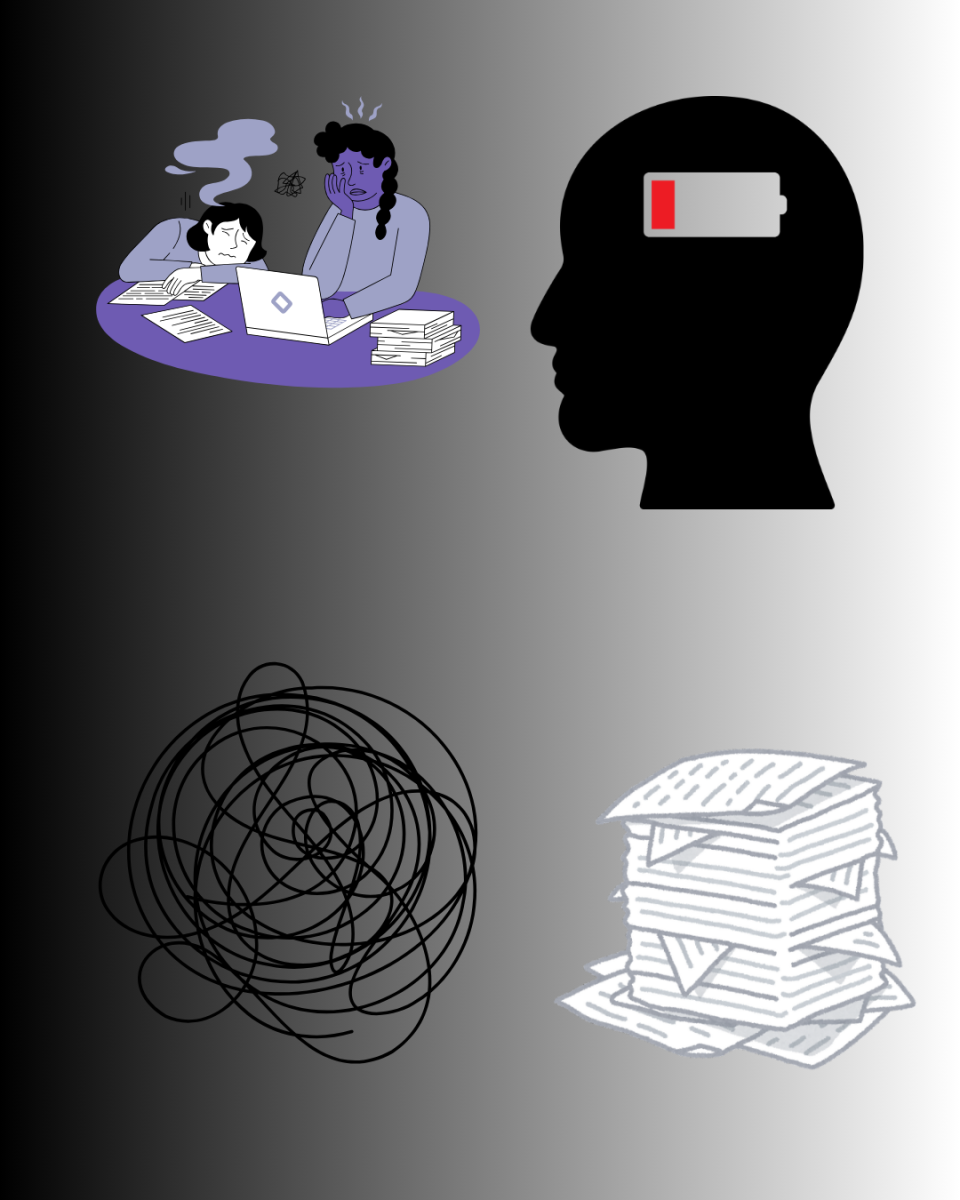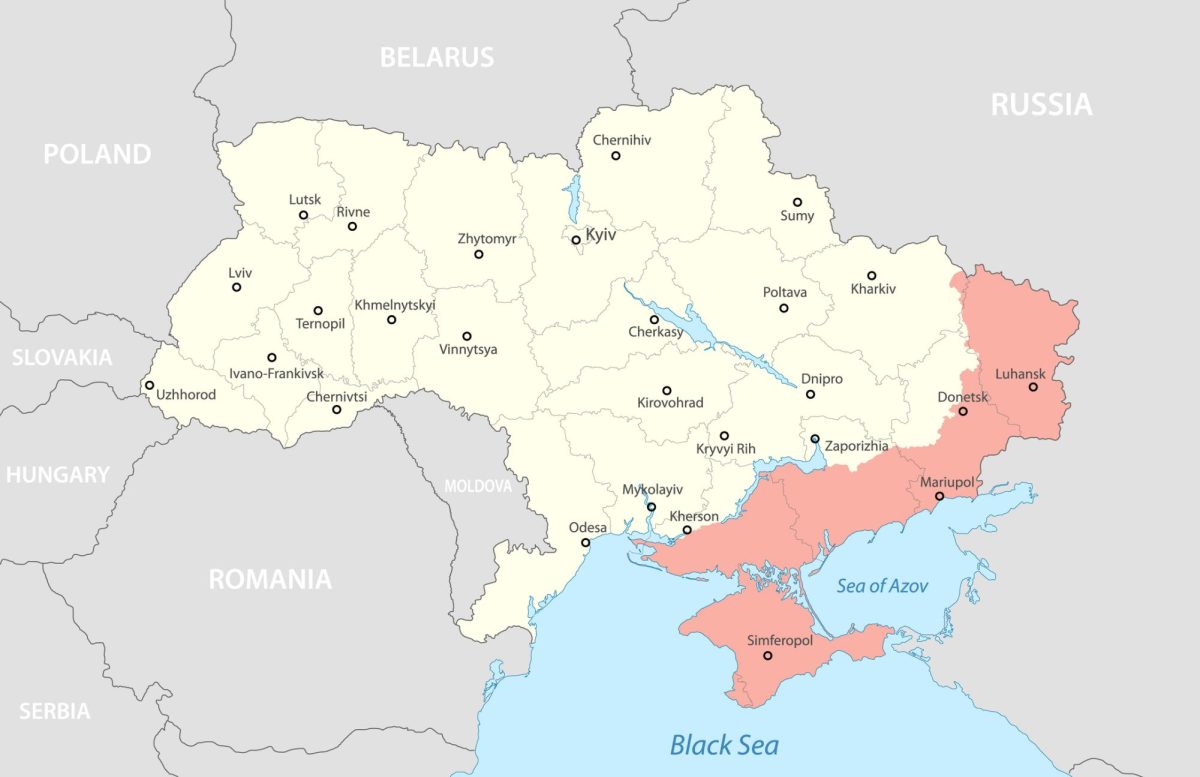There is no denying that with the new decade, Hollywood and media are becoming more diverse and inclusive. However, there is still a lot of work left to be done, particularly with those who identify as Latino.
The Latino population in the U.S. accounts for 19% of the U.S. population and has been the largest contributor to the country’s overall population growth of 54%, reported the Latino Policy and Politics Institute.
While the Latino population is growing fast in the U.S., the same cannot be said for film and television industries where Latinos account for less than 10% of the entertainment workforce, according to Axios.
For a closer look at the lack of Latinos on screen: Out of the 124 shows on Netflix, there are only two Latino leads, and of the 44 shows on AppleTV+, there is only one Latino lead, according to the Hollywood Reporter.
Latinos are undeniably an important part of American life, and the entertainment industry, which is said to be a reflection of American culture, should illustrate as much.
Furthermore, the movie “Red, White & Royal Blue,” released on Amazon Prime, features a Latino lead Taylor Zakhar Perez who plays Alex Claremont-Diaz, the Latino son of America’s female president.
“In America, if you’re an immigrant with a Z in your last name, there’s not a lot of people in positions of power that look like you or sound like you,” Perez’s character said in the film. “I’ve been given the chance to be someone in the world that my father didn’t see when he was growing up.”
While Perez’s character is referring to being an influential Latino in politics, the same sentiment can be said in regard to the entertainment industry.
There aren’t a lot of Latinos on screen for younger children to identify with; and when there are, those characters are often misrepresented through stereotyping.
Latinos on screen are often depicted as struggling middle to lower-class workers. One example is Jennifer Lopez’s 2002 romantic comedy, “Maid in Manhattan.” Lopez plays a single mom who works as a maid in a hotel where she meets a wealthy white man when he comes to stay at her place of employment.
Another example is Disney’s animated series “Handy Manny.” Manny Garcia, voiced by Venezuelan-Colombian actor Wilmer Valderrama, is the town handyman with talking tools. The series exposed children to various Spanish phrases and elements of Latin culture while also furthering the stereotype of Latinos only being lower-class blue-collar.
Some progress has been made in recent years, notably with “Saturday Night Live” Latino hiring new cast member Marcello Hernandez, adding to their list of three other members of similar ethnicity.
Furthermore, there has been a push to include more Latino representation in newsrooms, Hollywood and with publishers.
“U.S. Rep. Joaquin Castro, D-Texas, has made the inclusion of Latinos in media a principal issue, imploring Hollywood studio directors, journalism leaders and book publishers to include their perspectives,” said Astrid Galvin in an article on Latino representation in media.
There have been great strides for other minority groups in the entertainment industry, and those efforts should be acknowledged and continued. Latinos have yet to create such a movement for themselves on screen.
Every race and ethnicity deserves to be represented on screen; unfortunately, Latinos are often underrepresented. If Latinos do make it to the big screen, they are often portrayed in minor roles and are heavily stereotyped. A change needs to be made.


